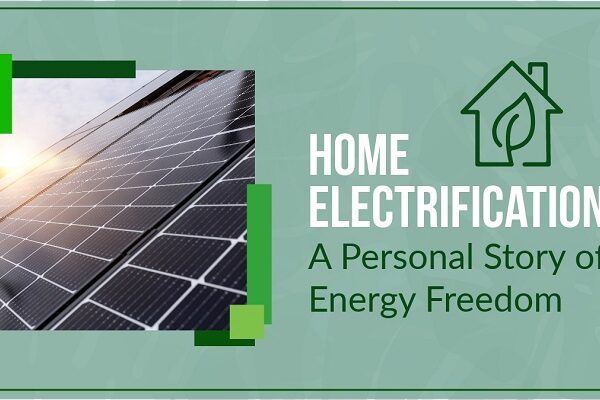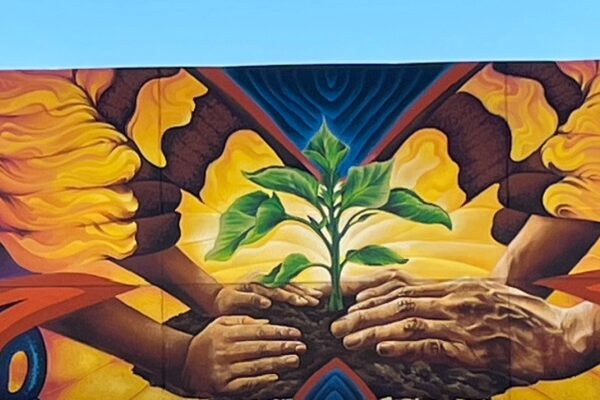
Hello, readers! Here’s something to get you up to speed on upcoming changes to waste sorting rules in the City of Sacramento. I will explain where and how to practice smart composting locally to benefit your plant life and our biosphere. Yes, you can feel good about improving air quality for current and future generations!
According to Project Drawdown and climate experts, food waste management is one of the most effective ways to reduce greenhouse gases. Properly composted food waste is an excellent source of nutrient energy for plants and reduces methane (which is 20x more powerful than CO2 at trapping heat; see Global Warming Potentials).
Also, organic waste is now being used as a source of biogas, which is considered a “renewable natural gas” (RNG). See this EPA overview for extensive information on process, policy, and end uses.
Residential Waste
Starting in July 2022 in the City of Sacramento, food scraps should be separated and added to green waste bins, not the garbage bin.
Tip: Check out the City Residential Organics Recycling & SB 1383 FAQ and CalRecycle’s promotional video on SB 1383 below.
Commercial Compost
Businesses are already diverting food waste. What I found is that a company called ‘New Republic’ added a pre-processing facility to collect food waste from businesses on one of Republic’s existing sites. They use anaerobic digestion (anaerobic meaning without oxygen) to process waste (methane capture to biogas). This is different than aerobic decomposition in an open compost pile, where you mix air, and therefore oxygen, into the pile, which accelerates microbial activity and allows the compost to break down efficiently.
What about community composting?
If you haven’t heard about ReSoil, check them out. They are currently operating to divert food waste from businesses and have compost drop-off sites at local farmer’s markets.
There are several community gardens that manage their own compost, but it’s not clear from the city website and map how many are actually doing this on-site.
By managing your food scraps in your backyard or community garden, you can see the incredible natural effects at play. Typically, vegetable matter is the preferable source material over meat products since it decomposes faster and doesn’t attract pests.
Want a technical deep dive into compost?
In general, you can pursue three kinds of compost: vermicomposting, hot composting or cold composting.
Cold composting is easier to maintain, and less organic material is required, but it doesn’t break down the pile as quickly as hot compost. I recommend checking out this Cornell University page about compost phases and microbes.
To get started, leave your food scraps to rot in a mix of brown leaves or untreated paper in your garden area or container with some air exchange and moisture (not sopping wet). Then you just let nature do its thing!
Closing Thoughts
I am curious about how successful the city will be as it adheres to new rules on waste. So far there are no penalties mentioned for improper sorting as the new rules take effect. Let’s help implement this correctly at a local scale and provide everyone a chance to learn about proper waste management.
With the requisite tools and guidelines, even the most obstinate residential waste sorter can adapt toward environmentally-friendly behaviors. We don’t have time to make this yet another political flashpoint.
For some fun, see what filtering, aerating, moistening, and turning compost on an industrial scale looks like, check out the video below from City of Phoenix.
Written by Alex A.


